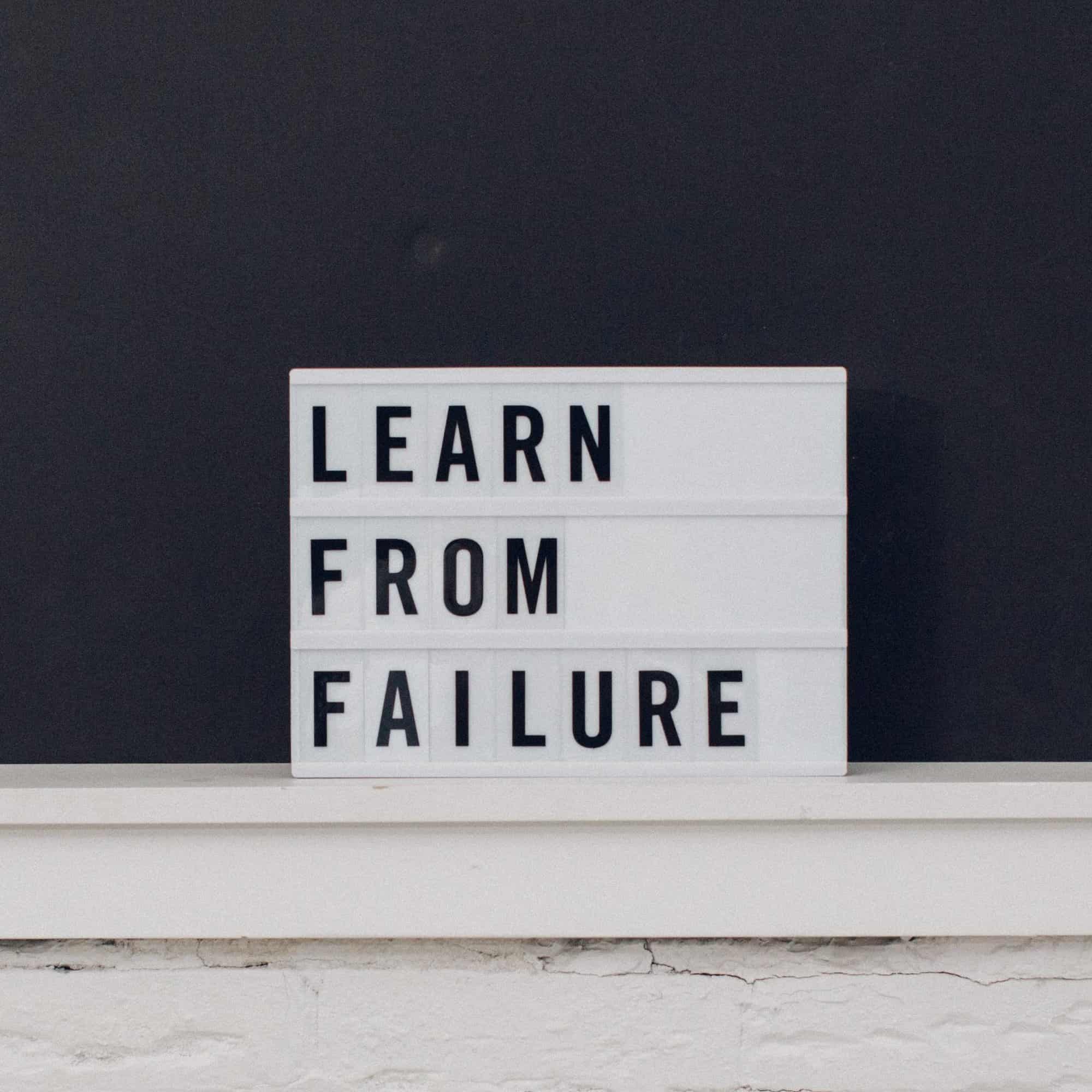As an athlete, there may be no other critical moment during a competition like the one when it all starts to unravel. We’re all familiar with how it starts. Something minor goes wrong, a bad pass, a swing that we know was not our best, a critical comment from a fan, opponent, or even a parent. Suddenly the thoughts start flying through our brains. This did not happen in training. This is not supposed to happen. What if I mess this up. I can’t mess this up. Don’t mess up. What if I can never do it again. And then, both all of a sudden and seemingly in slow motion, one minor failure or struggle rolls from the past into the present and carries with it overwhelmingly activated emotion and unhelpful cognitions. So what do we do?
Learning how to manage these moments is essential for an athlete. Training for them should start, appropriately, as soon as any child begins to play sports. Fun and basic self-regulation skills, as simple as breathing, can do wonders to build a strong foundation for an athlete as they learn to navigate the merging landscape of play and competition. As mindful coaches, how can we help children prepare for being able to steer their way through the landmines of failure and loss? We may think just shouting “don’t worry about it!” to our athletes in the game should do the trick, but often there is more training and preparation needed to help them manage these very challenging circumstances.
The basic approach to teaching self-regulation should be two-fold, training both overall resilience and specific coping skills. I like to define resilience of how a stressor is interpreted during the moment(1). The level of emotional and cognitive intensity that is caused by the strike-out/missed shot/turnover varies greatly with each individual – their individual interpretation of the stressor (the mistake) is their resilience. We can strengthen resilience in many ways off the field. Athletes can begin a home mindfulness practice. Simply being mindful for 5 minutes a day off the field/court can help the process of beginning to rewire neural pathways that are utilized in the stress response to be less reactive. Body awareness exercises, breath training, muscle tension training, and biofeedback are several modalities that are shown to actively change the way our minds evaluate and react to stressors. This general training in resilience is extremely helpful, easy to access, and only takes 5-10 minutes a day.
The second component of self-regulation training is developing coping strategies. These are more sport specific approaches that should be developed alongside the basic current needs of an individual athlete or a team. The general resilience exercises can be adjusted to become adaptable for more in-the-moment resetting needs. For example, if an athlete is practicing their breath training 5 minutes a day off the field, a quick protocol can be developed so that they can bring their awareness on their breath in a moment of a possible mental and emotional derailment. Exhaling at about a six-count begins to activate the parasympathetic nervous system, which sends signals throughout the body to lower activation levels, heart rate, and muscle tension. Coping strategies for in-the-moment challenges should be rehearsed off the field, in practice, and then in games. This will allow the young athlete to feel as prepared as possible for the inevitable failures of competition. As mindful coaches, we can and should incorporate mental training alongside physical training as much as possible to give our young athletes the best chance to succeed.
(1) Sarkar, M., & Fletcher, D. (2014). Psychological resilience in sport performers: a review of stressors and protective factors. Journal of Sports Sciences, 32(15), 1419–1434.

